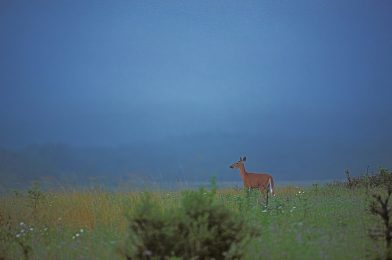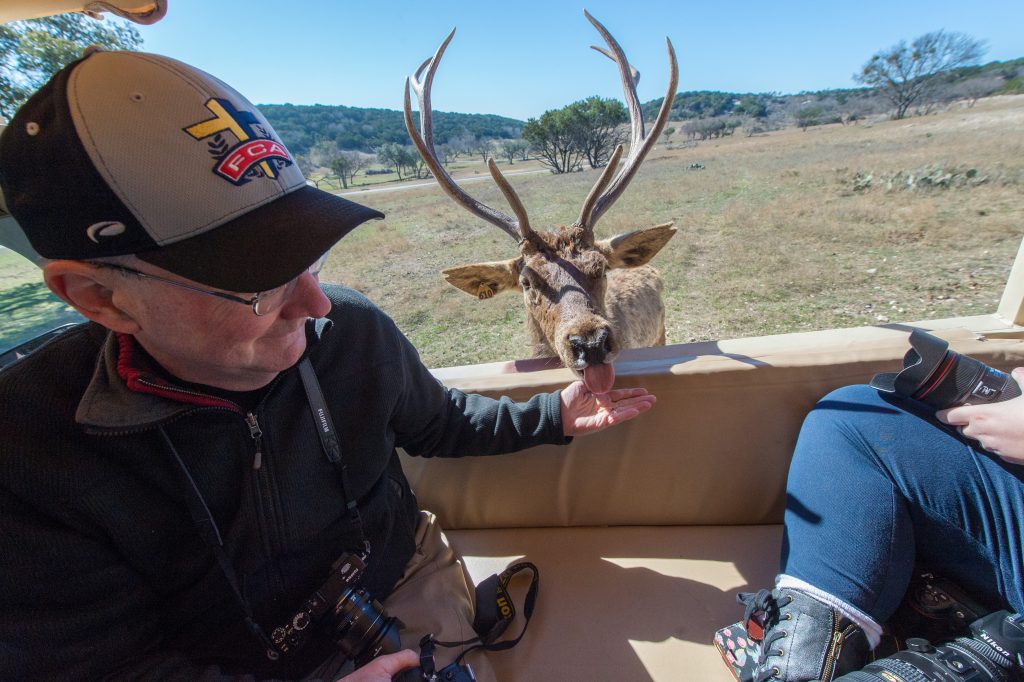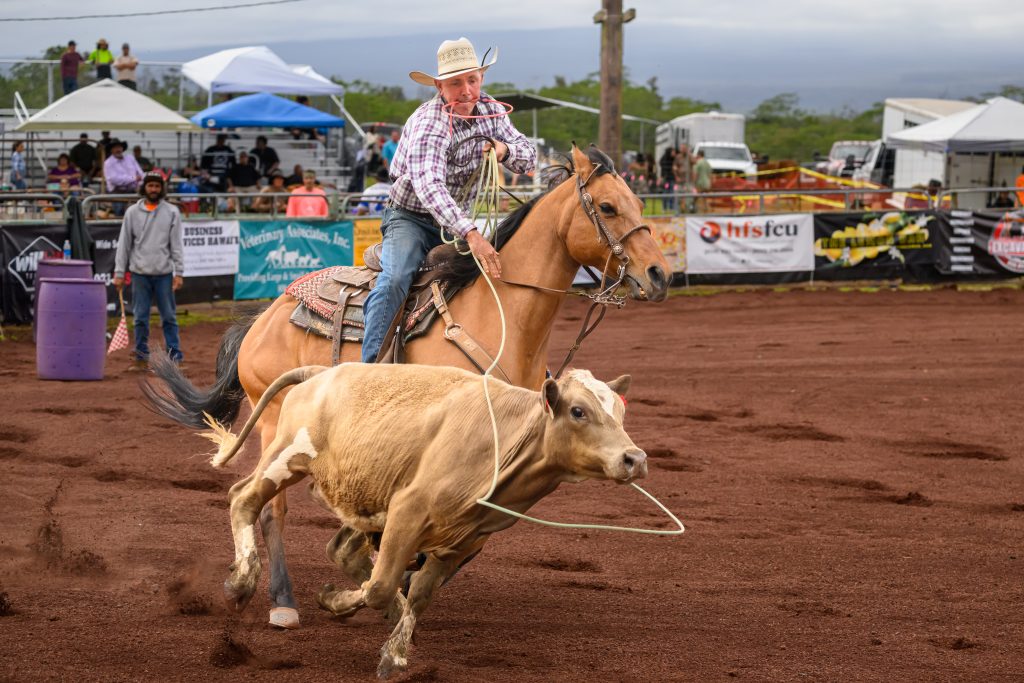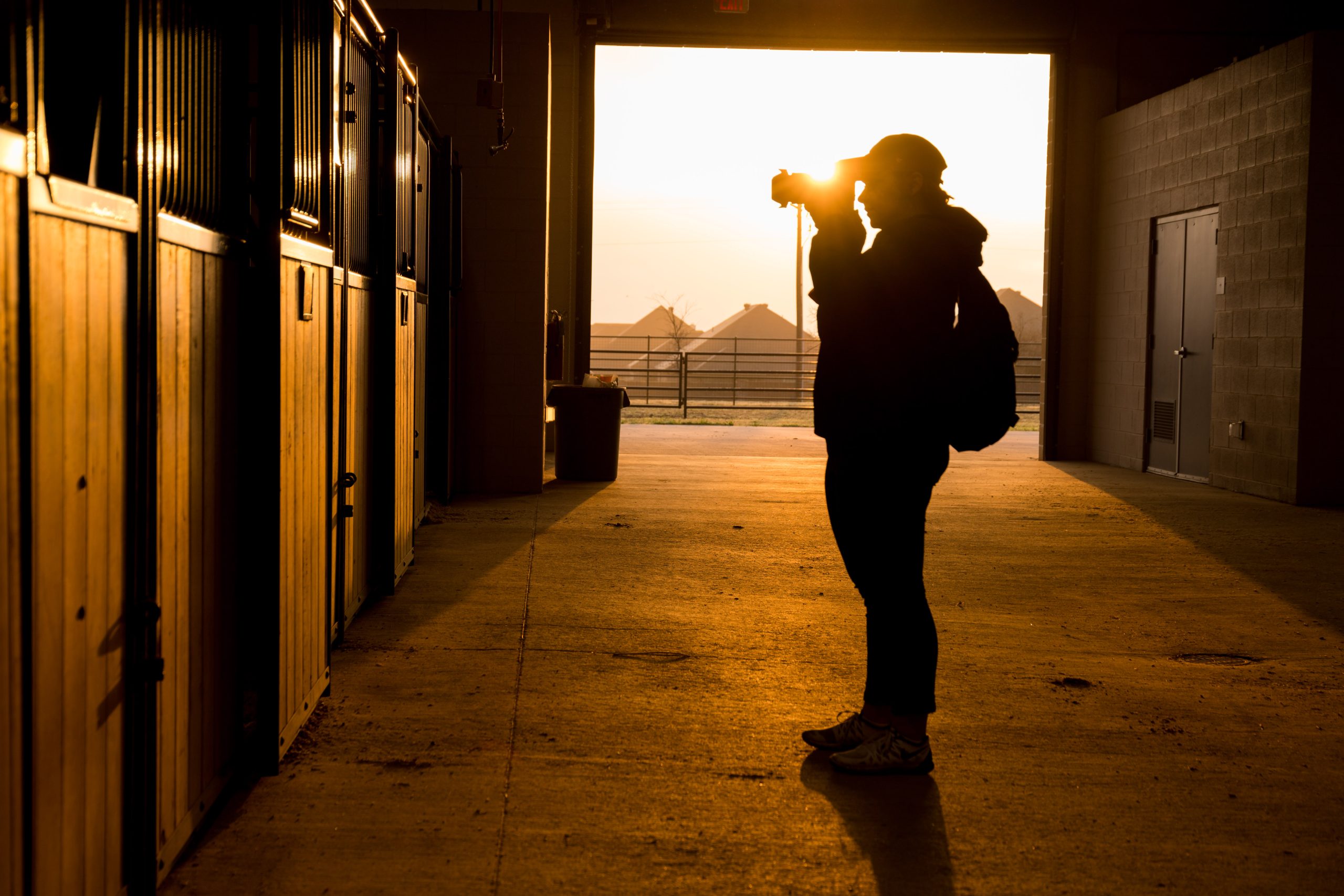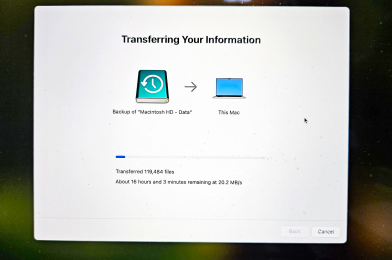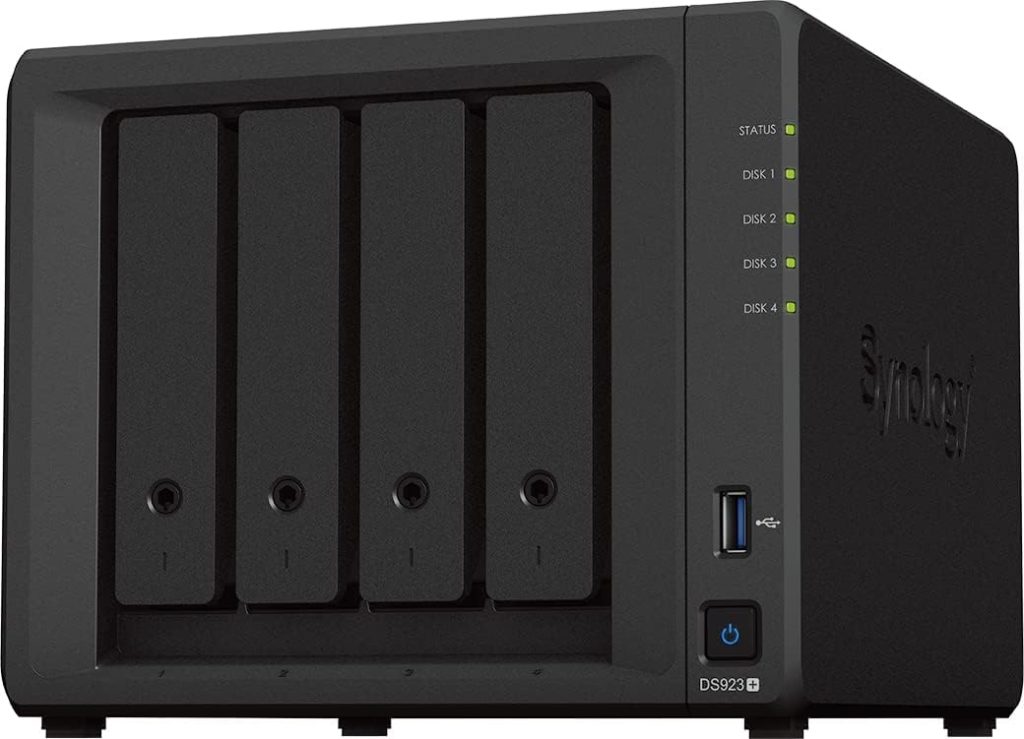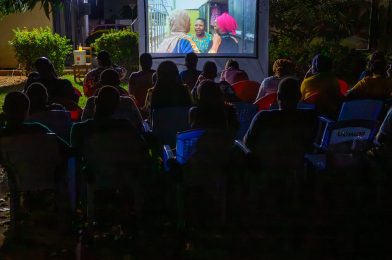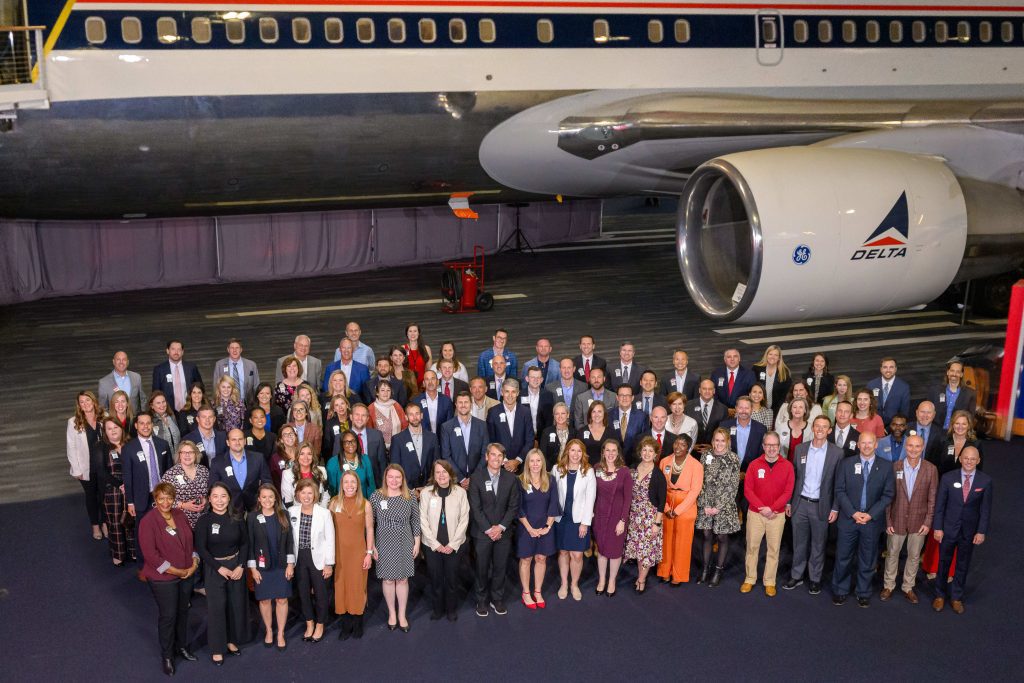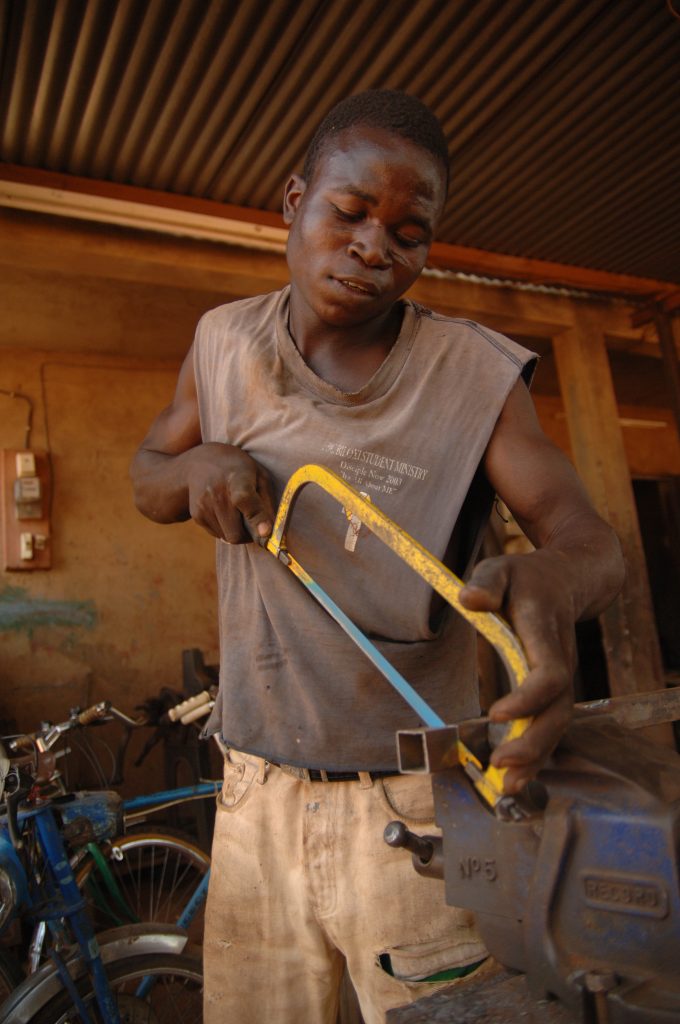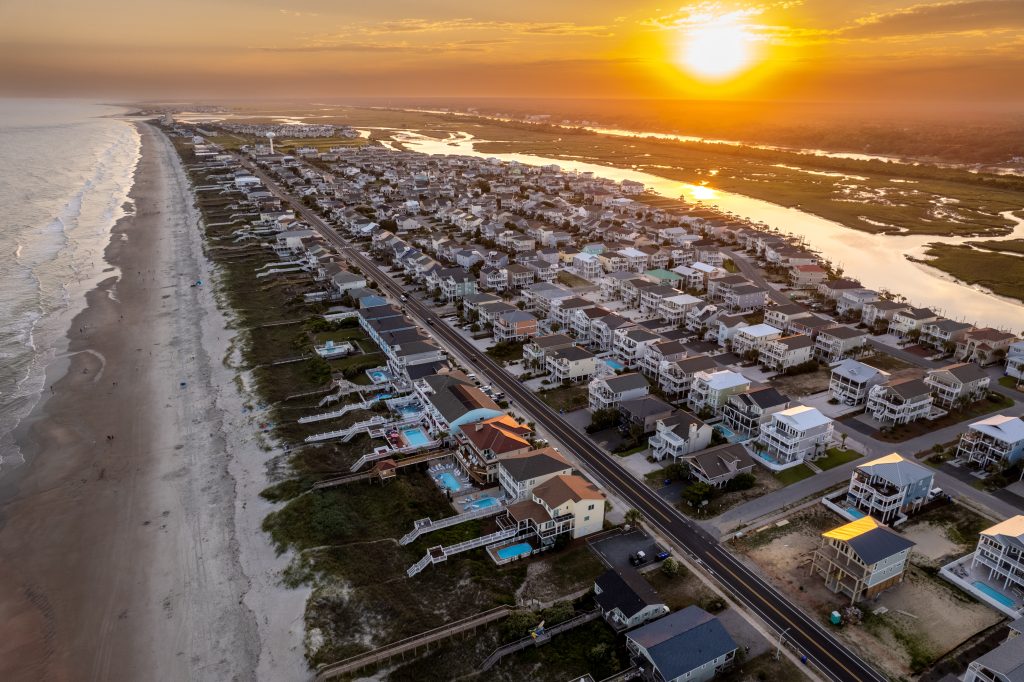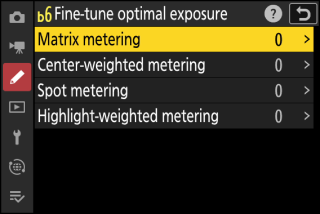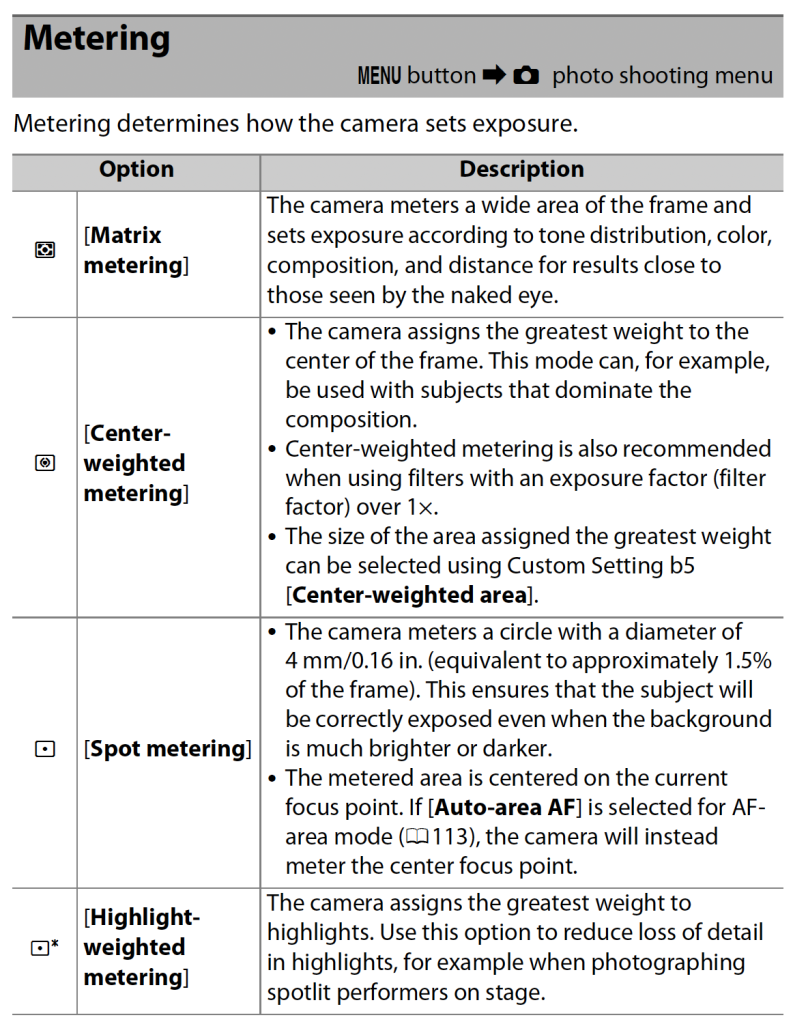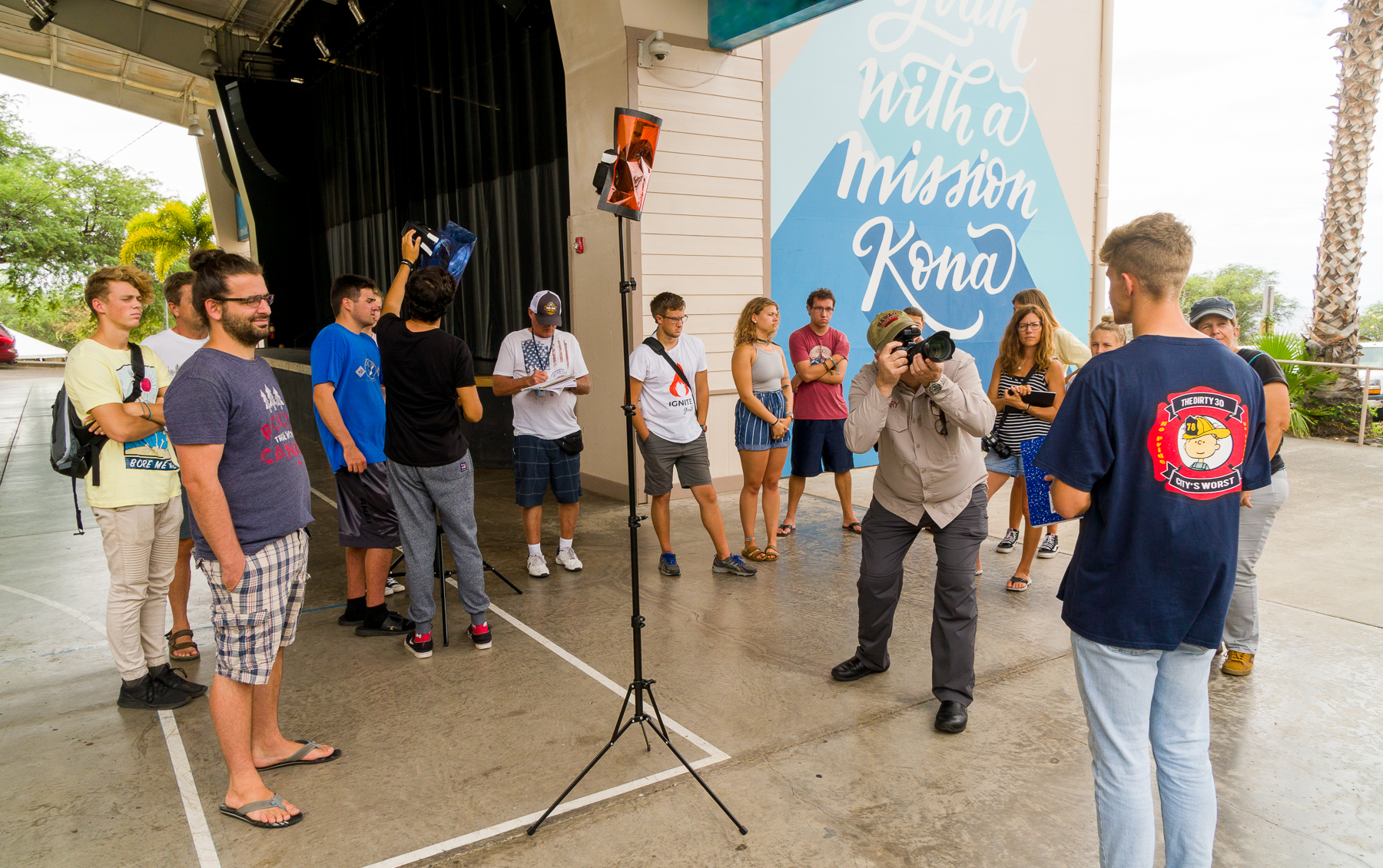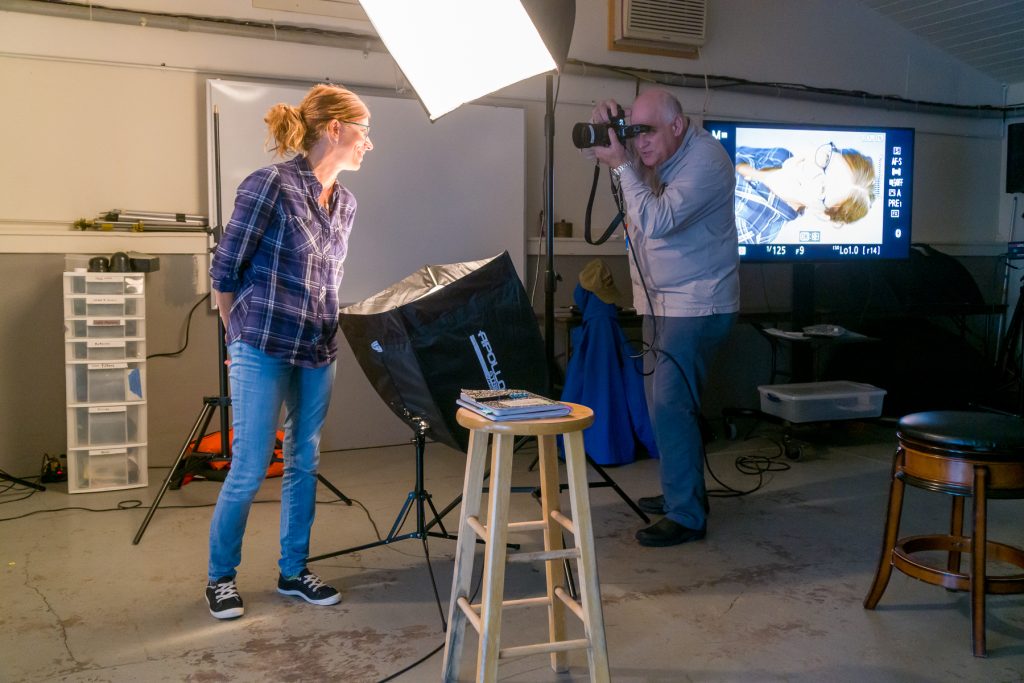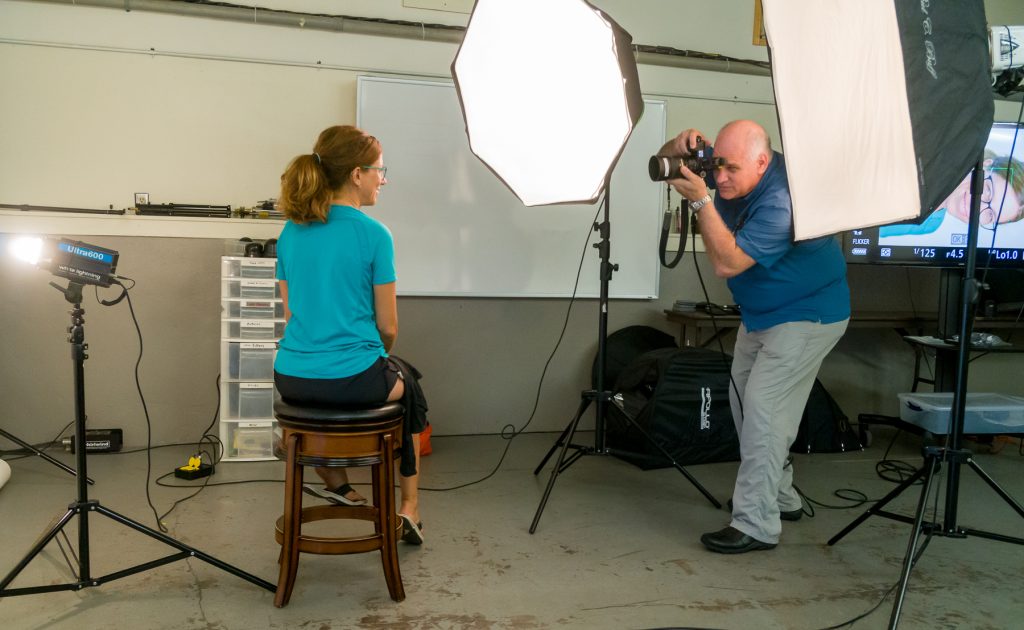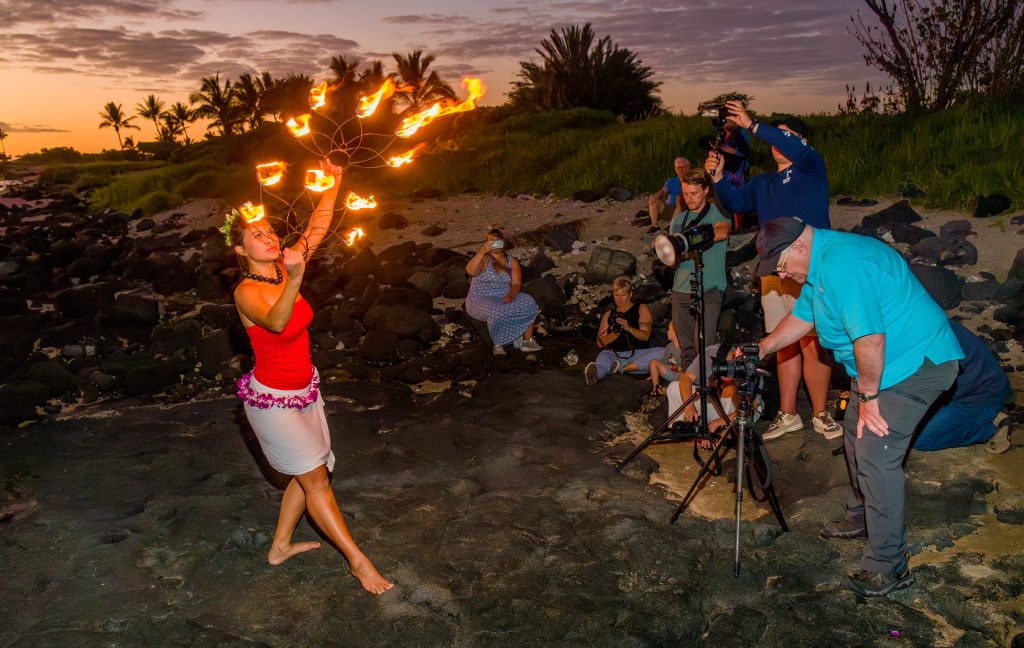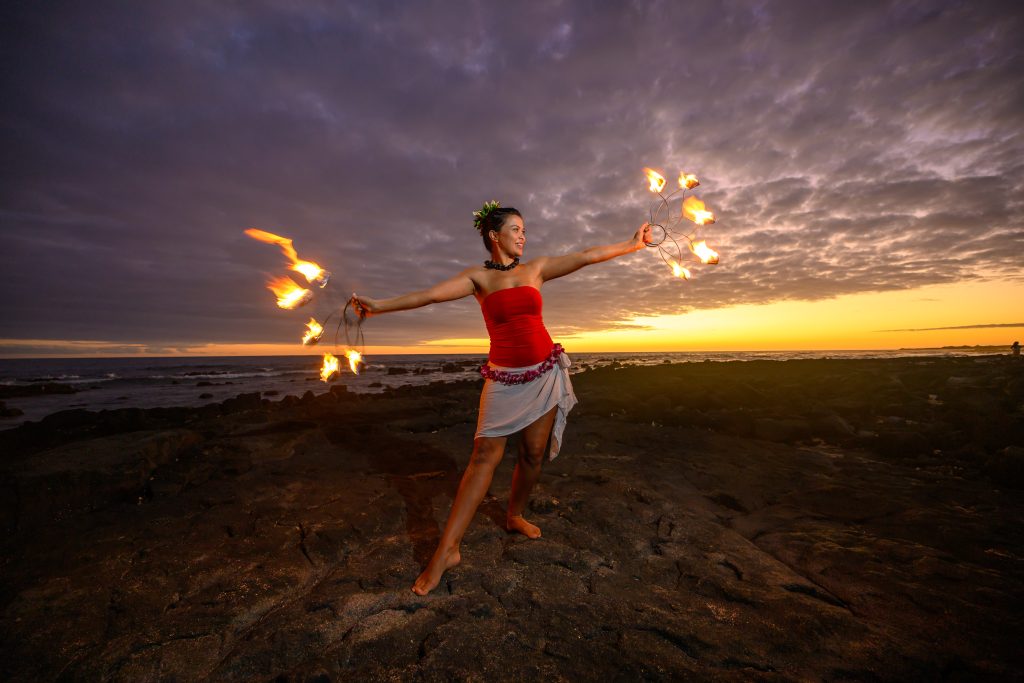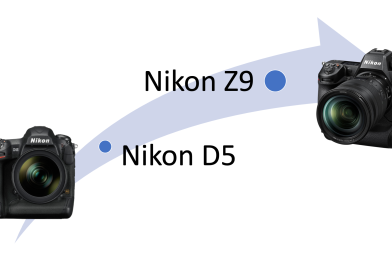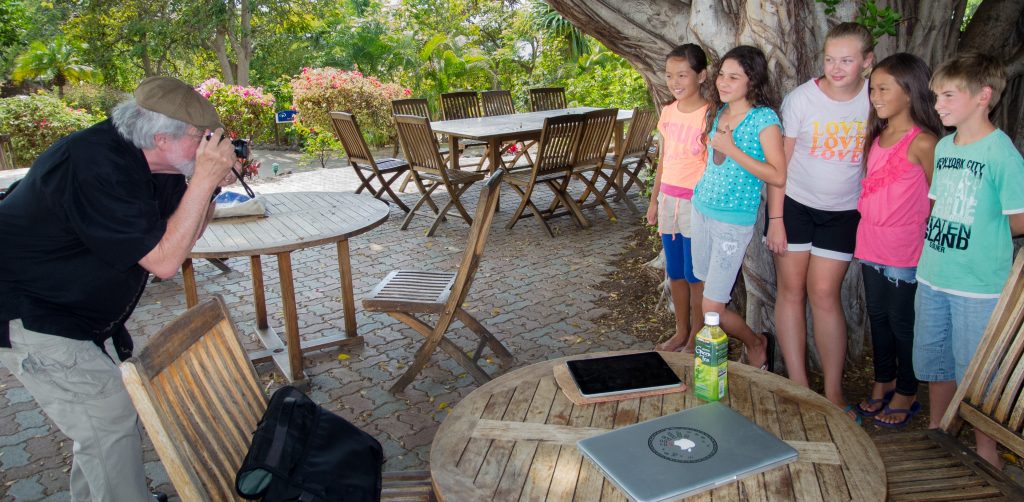Sometimes I think, “What if I were 20 years old today, just starting as a photographer and storyteller in 2025?”
In 1982, when I was 20, I was at East Carolina University. I spent more time in the darkroom than the classroom—working for the school paper and yearbook, shooting black-and-white film and color slides. It was the beginning of everything. I didn’t have a roadmap, but I had a camera and a deep curiosity about people’s stories.
With more than 40 years behind the lens, I wonder what I’d do differently if I were starting right now.
Here’s what I’d tell my 20-year-old self—if that self lived in today’s world.
1. Don’t just shoot—tell stories.
In 1982, I was focused on getting the shot. Today, I’d be focused on what the shot says.
I wouldn’t just learn lighting and composition. I’d study human nature, communication, and why specific images move people. I’d ask, “What story am I helping this person tell?” Not just, “Is this technically correct?”
In 2025, gear is more accessible than ever, but the most valuable skill is empathy.
2. Build a personal brand early.
In college, no one talked about personal branding—we were just trying to meet the deadlines for the yearbook.
If I were 20 today, I’d create a simple website and share my best photos and thoughts. I’d post behind-the-scenes videos, caption stories, and explain my learning.
People don’t hire gear—they employ a person with a point of view. Start showing yours early.
3. Fail faster. Post more.
Back then, failure was expensive. A roll of slide film might cost you a week’s lunch money. Now? You can shoot a thousand photos in an afternoon, edit them that evening, and share a short film before bed.
So if I were 20 in 2025, I’d experiment more. I’d post more. I’d get feedback. I’d try new genres. I wouldn’t worry about being perfect—I’d be focused on growth.
The quicker you get through the bad work, the faster you reach the good stuff.
4. Learn business while you learn photography.
I didn’t learn how to price my work, negotiate a contract, or license an image until I had to. If I were 20 today, I’d take a business course before I bought another lens.
Photographers who succeed long-term aren’t just great with a camera—they know how to run a business. Your creativity gets stuck in a box if you don’t learn both.
5. Find a mentor—and be one.
Looking back, I was lucky to learn from incredible mentors like Don Rutledge. Today, I’d look for someone ahead of me in the field and also look behind me to help someone just starting.
You grow by teaching as much as by doing.
Final Thought: Curiosity Still Wins
No matter what year you’re 20—1982 or 2025—the most powerful thing you can bring to the table is curiosity. Ask better questions. Listen more. Learn from everyone.
Back in college, I had no idea that chasing photos for the school paper would lead me into global storytelling, working with ministries, nonprofits, and major brands. But that same curiosity drives me today.
So if you’re 20 in 2025—lean into the tools, but even more into the people, the stories are still out there. And they still need someone to tell them well.
Now it’s your turn:
If you’re in your 20s (or wish you were), what advice would you give your younger self starting in today’s world? I’d love to hear your story.


